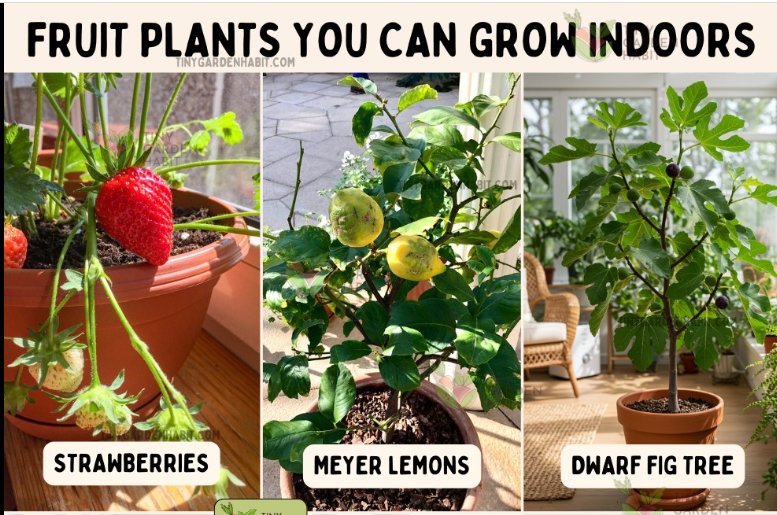Are you dreaming of having a herb garden, but don’t have a backyard? Good news You don’t need a spacious outdoor garden to enjoy the benefits of fresh herbs. With the right herbs and some basic knowledge, you can easily grow them indoors. Whether you’re an experienced gardener or a beginner, growing herbs indoors is a great way to enhance your meals, add natural beauty to your home, and even boost your well-being. In this article, we will guide you through the easiest and most popular herbs to grow indoors, perfect for cooking and improving the air quality in your home.
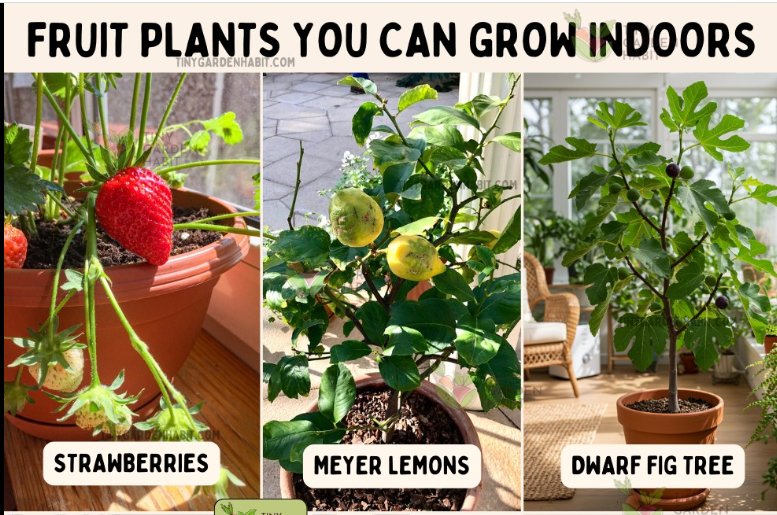
### Why Grow Herbs Indoors?
Before diving into specific herbs, let’s discuss the benefits of growing them indoors:
1. **Convenience**: Having herbs right in your kitchen makes it easy to add fresh flavor to your dishes. No more running to the store for herbs that you only need a small amount of
2. **Freshness**: Indoor-grown herbs provide you with fresh, aromatic leaves that elevate the flavor profile of your food.
3. **Health Benefits**: Many herbs have health-promoting properties. For instance, basil can boost your immune system, and mint helps with digestion. Plus, some herbs, like lavender, are known for their relaxing properties.
4. **Air Purification**: Some indoor herbs can even help purify the air in your home, absorbing toxins and releasing fresh oxygen.
Now that we know why growing herbs indoors is a great idea, let’s take a look at the best herbs to cultivate inside your home.

### 1. **Basil (Ocimum basilicum)**
Basil is one of the most popular and versatile herbs you can grow indoors. It’s easy to grow and doesn’t require much attention. Basil thrives in a sunny spot, so place your pot near a south or west-facing window. If you have access to artificial grow lights, they can also work wonders for basil.
**How to Grow Basil Indoors**:
– **Soil**: Use well-drained, nutrient-rich soil. Basil needs a lot of nutrients to grow, so choose a good-quality potting mix.
– **Watering**: Water when the top inch of soil feels dry, but avoid overwatering, as basil is sensitive to root rot.
– **Harvesting**: Pinch the leaves regularly to encourage bushy growth. Harvest the leaves once they’ve matured, and don’t forget to leave some for the plant to continue growing.
Basil is perfect for adding to pasta dishes, salads, pizzas, and even smoothies. Its fresh, sweet, and slightly spicy flavor makes it an excellent addition to your culinary creations.
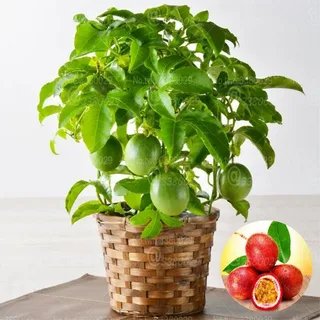
### 2. **Mint (Mentha)**
Mint is a fast-growing, fragrant herb that’s easy to care for indoors. It’s an excellent herb for those who want to add a refreshing flavor to drinks, desserts, or even savory dishes. It can be grown in a pot or container to prevent it from spreading uncontrollably.
**How to Grow Mint Indoors**:
– **Soil**: Use a well-draining potting mix.
– **Watering**: Keep the soil consistently moist, but not soggy. Mint enjoys humidity, so misting the leaves occasionally can help.
– **Lighting**: Mint prefers bright, indirect light. Place it in a window with moderate sunlight.
Mint is perfect for freshening up water, making iced teas, or adding to desserts like chocolate mint mousse. It’s also used in savory dishes such as Moroccan-style tagines or Middle Eastern salads.
### 3. **Parsley (Petroselinum crispum)**
Parsley is an herb that’s commonly used as a garnish but also adds vibrant flavor to many dishes. It’s relatively easy to grow indoors and doesn’t require a lot of maintenance. Both curly-leaf and flat-leaf parsley are suitable for indoor gardening.

**How to Grow Parsley Indoors**:
– **Soil**: Use a well-drained potting mix with added compost to boost nutrients.
– **Watering**: Parsley prefers moist, well-drained soil. Water it consistently but make sure the pot has drainage holes to prevent waterlogging.
– **Lighting**: Place your parsley plant in a bright location with at least 6 hours of indirect sunlight daily.
Parsley adds freshness to dishes like soups, salads, and stews. It also pairs well with fish and can be sprinkled on top of roasted vegetables or incorporated into sauces and dressings.
### 4. **Thyme (Thymus vulgaris)**
Thyme is a hardy herb with a strong, savory flavor. It grows well indoors and can tolerate a variety of conditions, making it an ideal herb for beginners. Thyme thrives in a sunny, dry environment, so it is a great choice for your indoor garden.
**How to Grow Thyme Indoors**:
– **Soil**: Use a well-draining potting mix with some sand or perlite to enhance drainage.
– **Watering**: Allow the soil to dry out between waterings. Thyme doesn’t like being too wet.
– **Lighting**: Thyme needs a sunny spot. Place your thyme plant near a south-facing window.
Thyme adds earthy, savory flavors to meats, soups, and sauces. It’s often used in Mediterranean and French cooking, particularly in roasted chicken, lamb dishes, or herbed oils.

### 5. **Rosemary (Rosmarinus officinalis)**
Rosemary is another fragrant herb that grows well indoors. With its pine-like scent, rosemary can add a fresh, aromatic flavor to your dishes. It’s perfect for savory recipes, including roasted meats, potatoes, and Mediterranean cuisine.
**How to Grow Rosemary Indoors**:
– **Soil**: Rosemary prefers well-draining, sandy soil. Use a pot with drainage holes to prevent water buildup.
– **Watering**: Allow the soil to dry out completely between waterings. Rosemary is drought-tolerant, so it’s best not to overwater it.
– **Lighting**: Place your rosemary plant in a sunny location where it gets plenty of light for at least 6-8 hours a day.
Rosemary is great for enhancing the flavor of grilled meats, roasted vegetables, and breads. You can also infuse olive oil with rosemary for a fragrant, homemade seasoning.
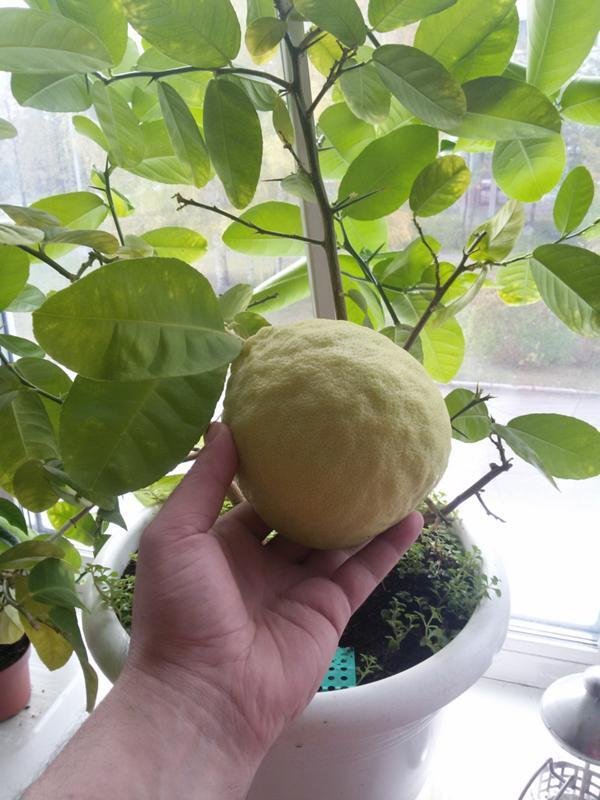
### 6. **Cilantro (Coriandrum sativum)**
Cilantro, also known as coriander, is a staple in many cuisines, especially Mexican, Indian, and Thai. It’s a versatile herb that can be used in salsas, curries, salads, and more. Growing cilantro indoors is possible, although it does require some attention to its environment.
**How to Grow Cilantro Indoors**:
– **Soil**: Use a well-drained potting mix with added compost.
– **Watering**: Cilantro needs regular watering, but the soil should not remain soggy.
– **Lighting**: Place cilantro in a bright spot with plenty of sunlight.
Cilantro leaves are ideal for adding a burst of flavor to dishes like tacos, guacamole, curries, and stir-fries. The seeds, known as coriander, are also used in cooking, particularly in spice blends.
### 7. **Chives (Allium schoenoprasum)**
Chives are a mild, onion-flavored herb that’s easy to grow indoors. They add a fresh, subtle taste to dishes and are great for garnishing salads, soups, and eggs. Chives grow in clusters and can be harvested repeatedly, making them a fantastic choice for continuous use.
**How to Grow Chives Indoors**:
– **Soil**: Use a light, well-drained potting mix.
– **Watering**: Chives prefer slightly moist soil. Water them regularly but ensure the pot has good drainage.
– **Lighting**: Chives require at least 4-6 hours of direct sunlight per day.
Chives are perfect for adding a delicate onion flavor to salads, dips, scrambled eggs, and baked potatoes. You can even use them in sauces or dressings.
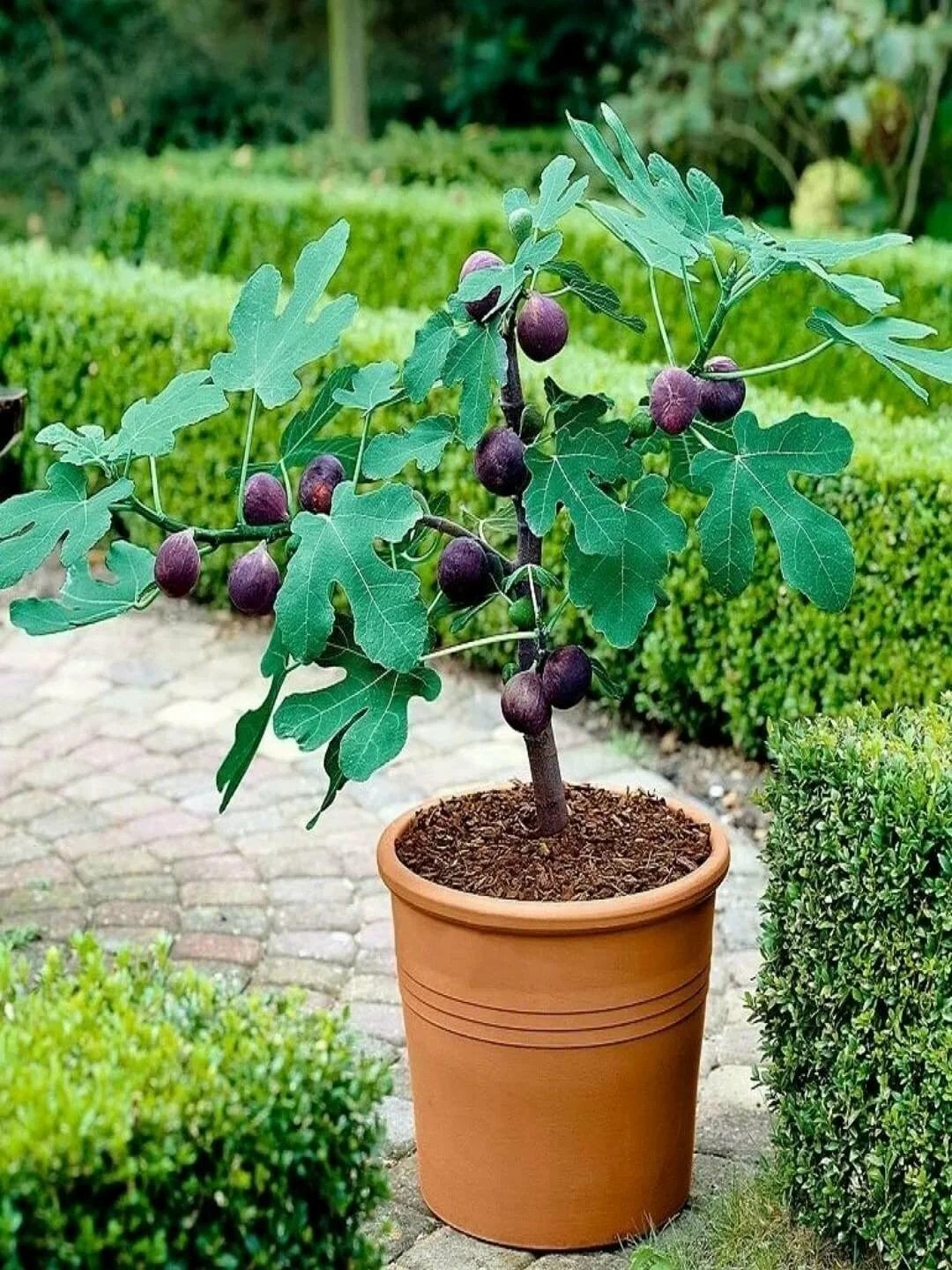
### Tips for Growing Herbs Indoors
– **Containers**: Use containers with good drainage to prevent root rot. Ensure that your pots have holes at the bottom to allow excess water to escape.
– **Humidity**: Some herbs, like mint, thrive in humid environments. Consider using a humidity tray or misting the plants regularly if your home is dry.
– **Fertilizing**: Indoor herbs need regular feeding. Use an organic liquid fertilizer every few weeks to keep the plants healthy and productive.
– **Pruning**: Regularly prune your herbs to encourage fresh growth and prevent them from becoming leggy.
### Conclusion
Growing herbs indoors is a rewarding and convenient way to add fresh flavors to your kitchen. With just a little care and attention, you can have a year-round supply of aromatic herbs that will elevate your cooking. Whether you’re adding basil to your pasta, mint to your mojito, or rosemary to your roast, indoor herbs can enhance the taste of almost any dish. Start your indoor herb garden today and enjoy the benefits of having fresh, flavorful herbs at your fingertips.
